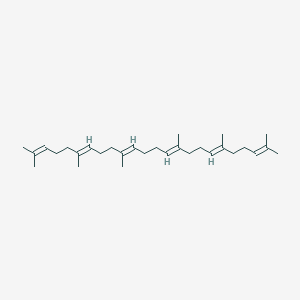U.S. researchers 3D print out complex veins
-
Last Update: 2021-02-09
-
Source: Internet
-
Author: User
Search more information of high quality chemicals, good prices and reliable suppliers, visit
www.echemi.com
team at several U.S. universities has developed a hydrogel 3D printing technology that can create complex veins that mimic human blood vessels, trachea and lymphatic tubes, clearing a technical barrier to future artificial functional organs.In a hydrogel model that simulates an acumony, artificial tracheals deliver oxygen to a network of surrounding artificial blood vessels, and red blood cells can capture oxygen as it flows through the network of blood vessels around the artificial veins, similar to the gas exchange activity of the body's veins, according to a study published in the latest issue of the American journal Science.Jordan Miller, co-author of thepaper and an assistant professor of bioengineering at Rice University in the United States, says one of the biggest obstacles to artificial functional tissue is the inability to create complex vein systems that transport nutrients into dense human tissues, such as trachea and blood vessels in the lungs and bile tubes and blood vessels in the liver, each with separate systems, structures and functions.the new study, the team used 3D printing technology to print one layer of soft hydrogel at a time. They added a light absorbent that absorbs blue light to the hydrogel, allowing it to become solid under high-resolution blue light exposure. Studies have shown that this technique can print hydrogels with fine internal structures and biosynthability in minutes.researchers also implanted bioprinted structures containing liver cells into mice with chronic liver damage, and experiments showed that liver cells could survive implantation.Kelly Stevens, an assistant professor of bioengineering at the University of Washington and one of the co-authors of thepaper, said the complexity of the liver's 500 functions means there is no man-made alternative, but future bioprinting organs are expected to achieve this goal. Bioprinting is expected to become an important part of medicine within two decades. (Xinhua) --
This article is an English version of an article which is originally in the Chinese language on echemi.com and is provided for information purposes only.
This website makes no representation or warranty of any kind, either expressed or implied, as to the accuracy, completeness ownership or reliability of
the article or any translations thereof. If you have any concerns or complaints relating to the article, please send an email, providing a detailed
description of the concern or complaint, to
service@echemi.com. A staff member will contact you within 5 working days. Once verified, infringing content
will be removed immediately.







